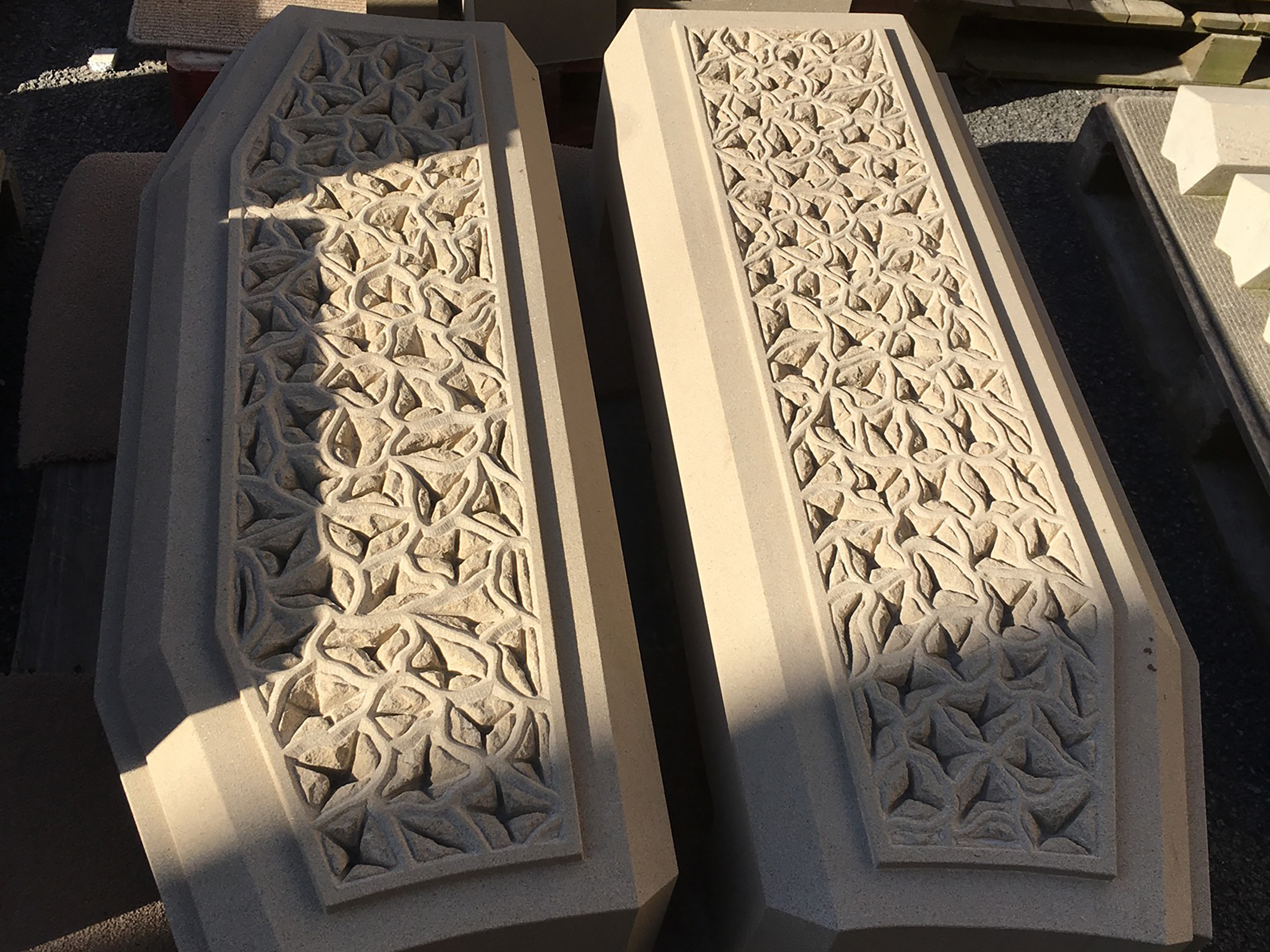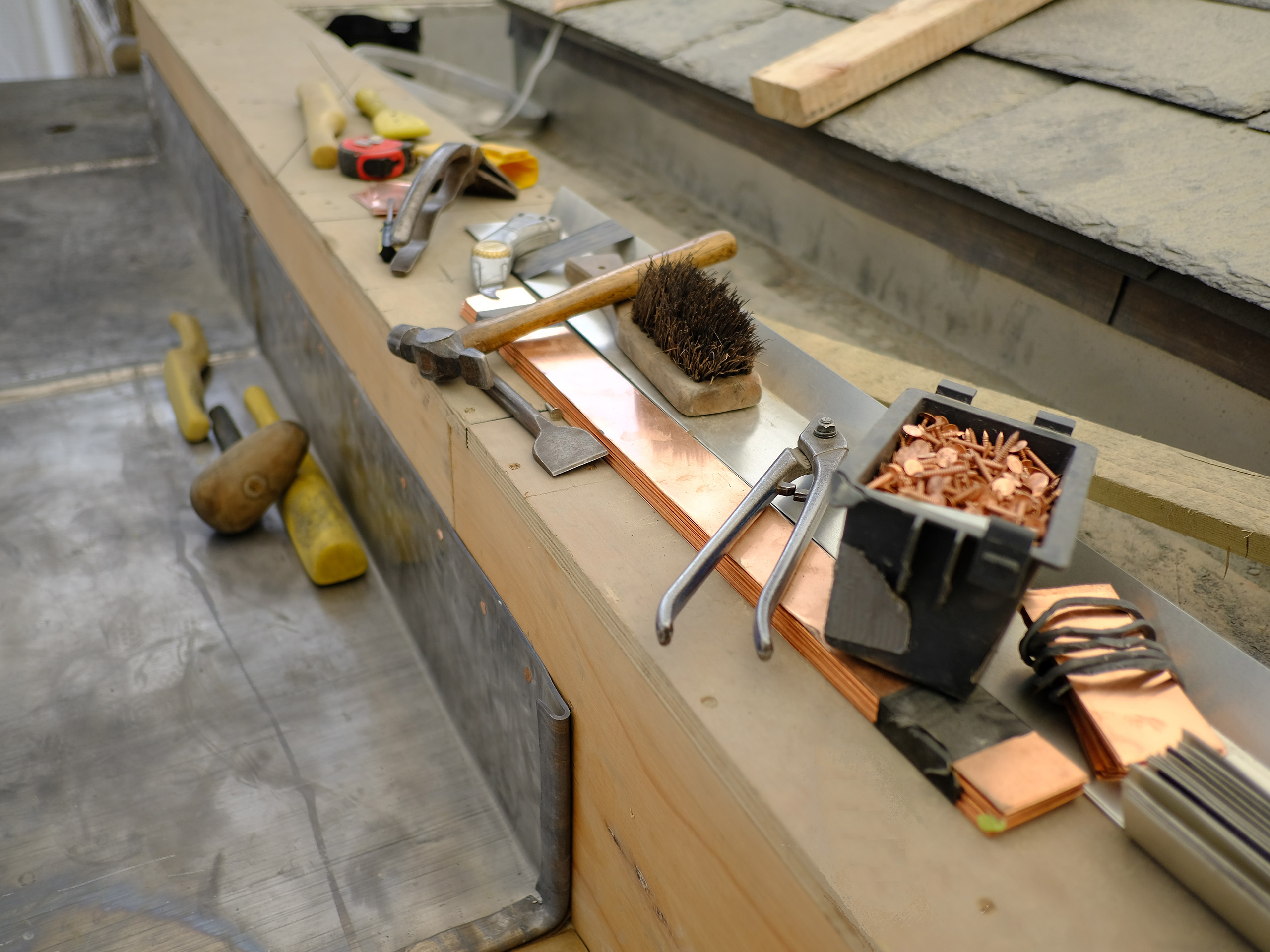Conservation and transformation project
HISTORY OF THE BUILDING
St George’s Hall, in the very heart of Bradford, is a well-loved landmark in the city. The building
was designed by Henry Francis Lockwood and William Mawson in 1849. They were a formidable partnership, designing some of the most distinguished buildings on booming Victorian Bradford’s skyline, such as the Wool Exchange and nearby City Hall. Perhaps their most famous project was for Titus Salt, laying out of Saltaire’s mill, village and church in an Italianate Classical style, now a UNESCO World Heritage Site.
other low places, where music, dancing and amusements took place”. It was intended to raise the quality of entertainment and venue for the people of Bradford. Indeed, over the years, many famous names appeared there, including Charles Dickens, Winston Churchill and Harry Houdini.
It is a grand, imposing structure; detached, rectangular on plan, seven bays wide and five storeys high. The walling is ashlar sandstone with matching detailing and deep modillion bracket entablature to the eaves. The roof is hipped, natural slate pitched over the north (principal) portico. Intricately carved details such as ornate garlands adorn the facades.
Time (and the northern climate) took their toll on the Hall. Reactive repair work was carried out at various times throughout the twentieth century but, by 2016, there was widespread defective masonry, where the original surface of the stone had been lost through erosion and decay. The roof was in need or urgent attention, with a significant number of cracked, slipped and previously repaired slate. Roof timbers required repair and replacement. The leadwork needed to be replaced and the rainwater goods were in poor condition. Finally, the building’s timber sash windows had deteriorated as a result of wet rot. It was clear that the future of this important building needed to be safeguarded through appropriate restoration work.
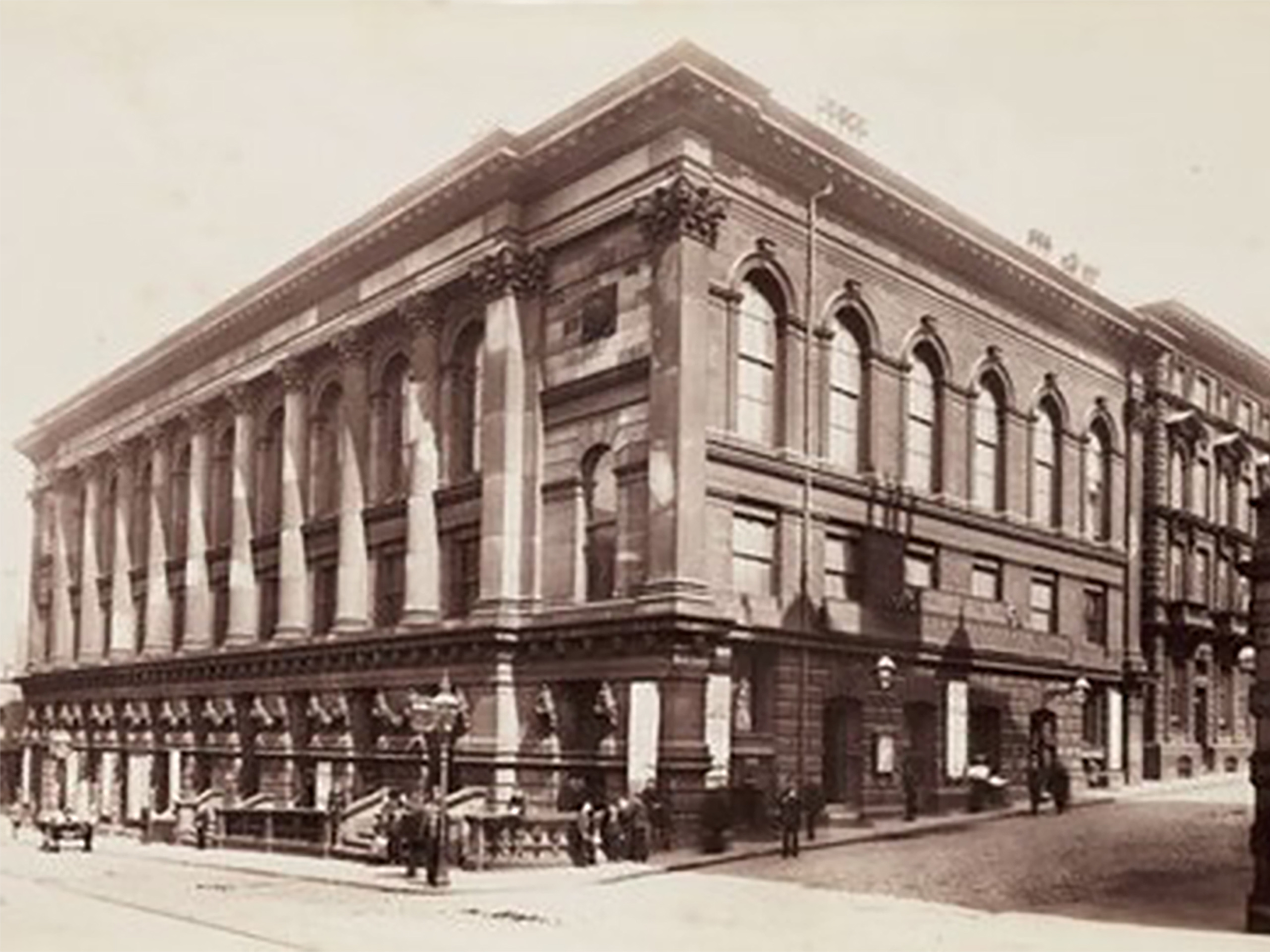
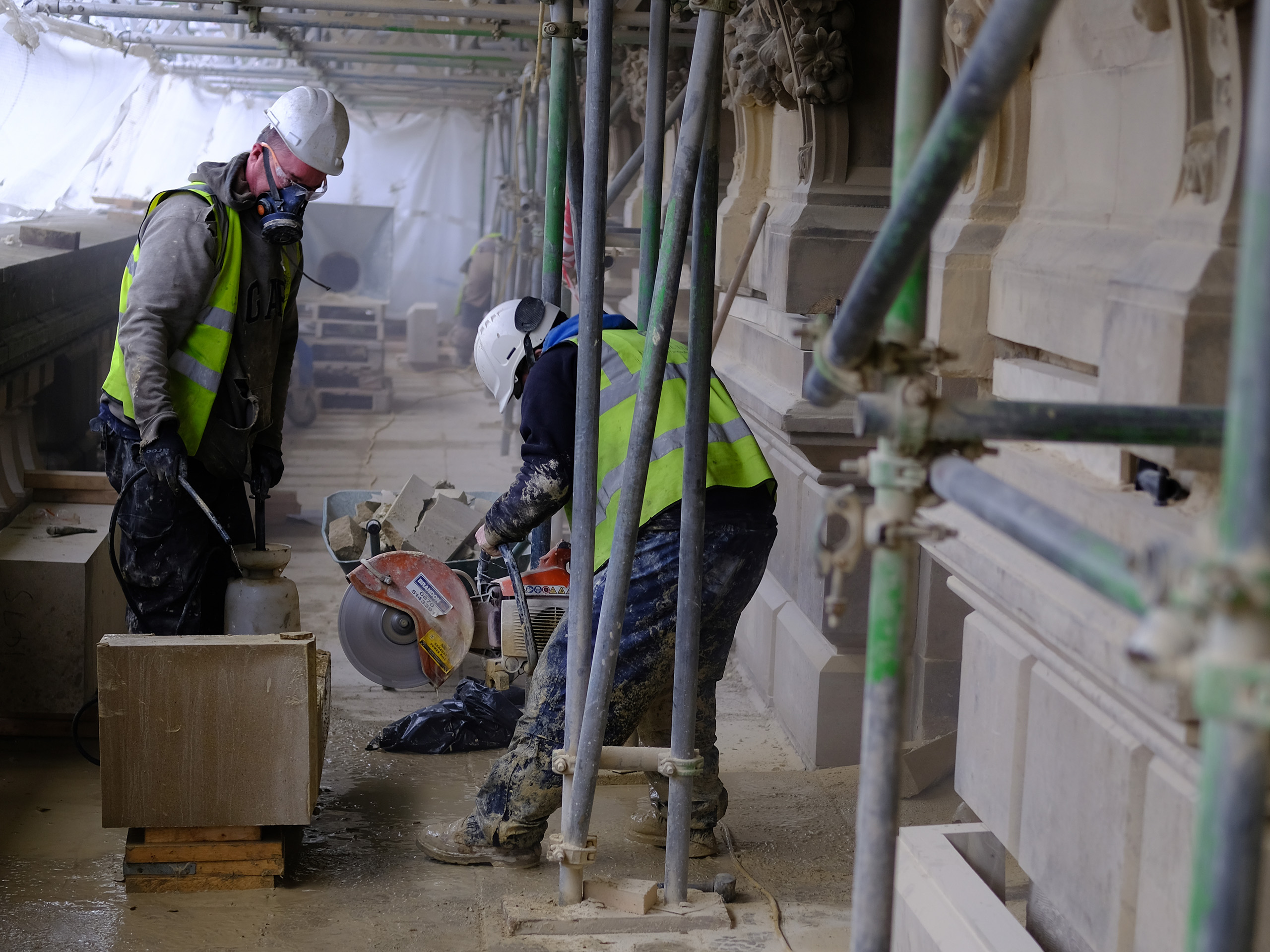
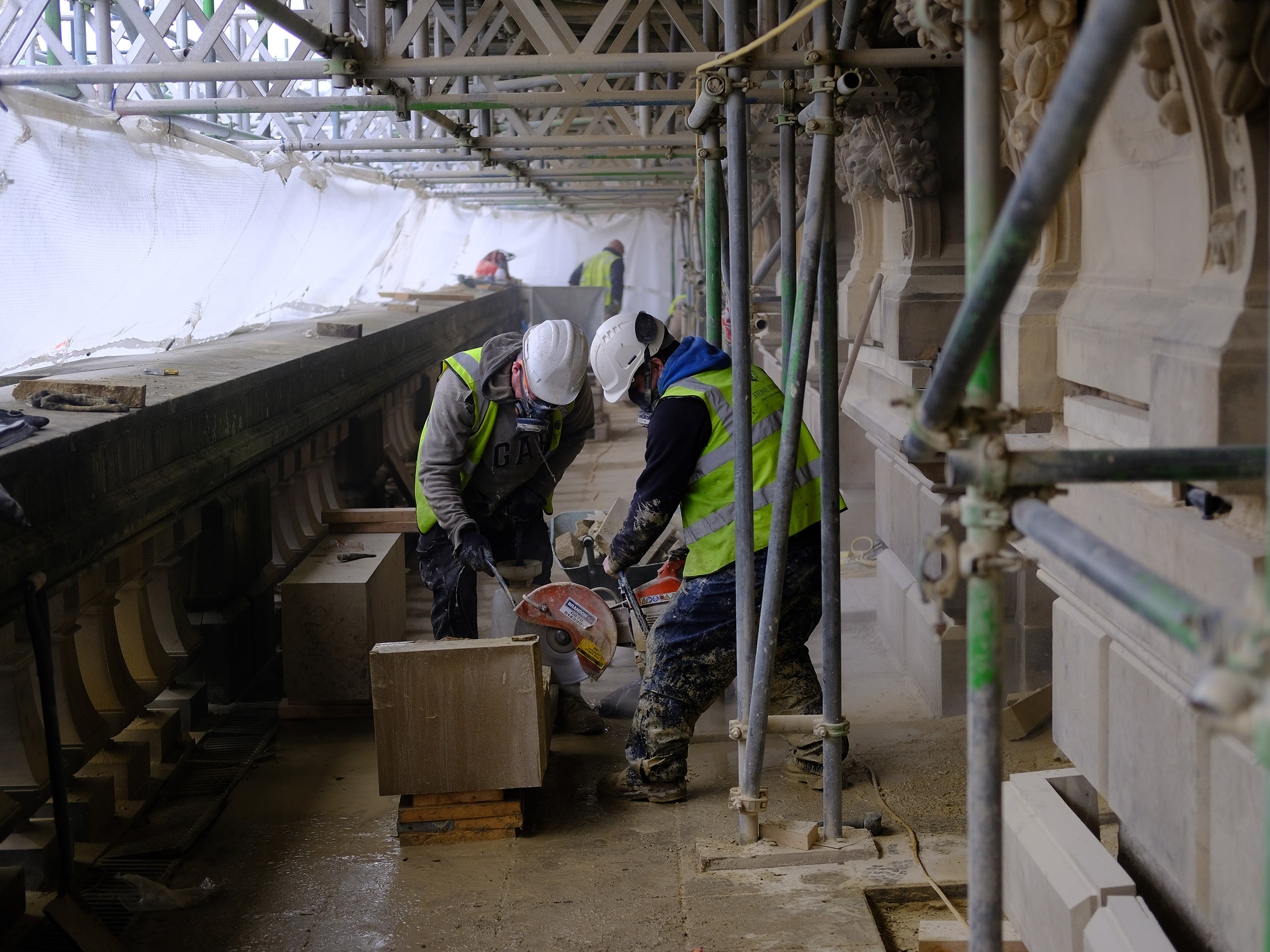
OUR WORK HERE
MASONRY REPAIRS
THE ROOF
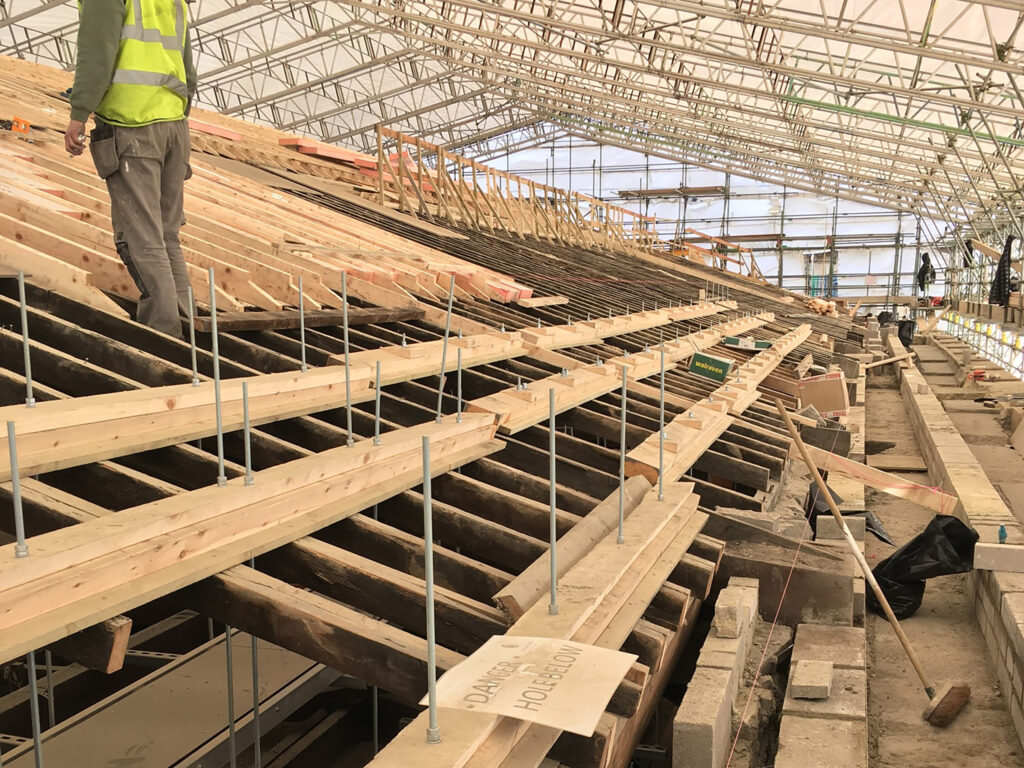
OUR WORK HERE
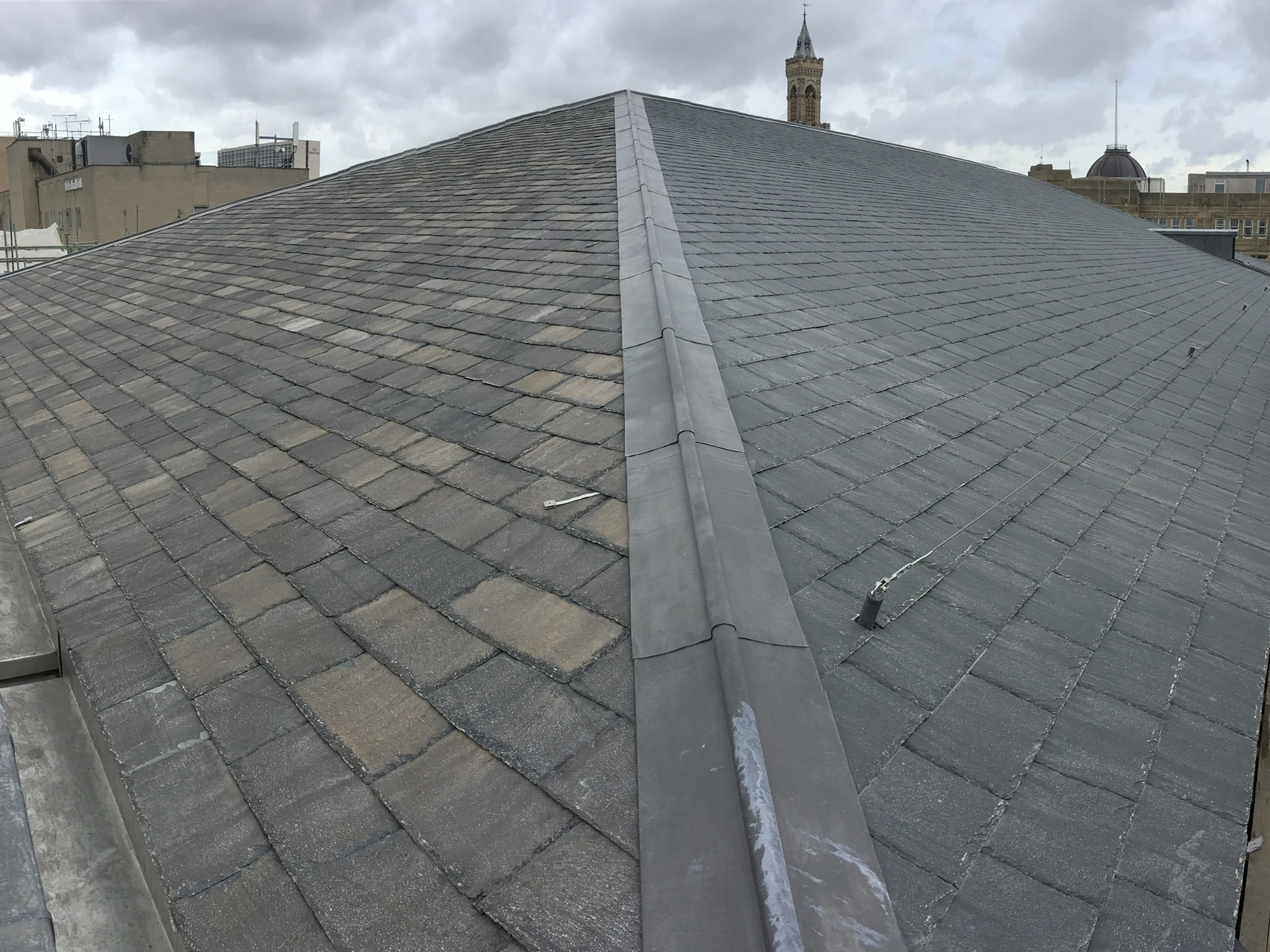
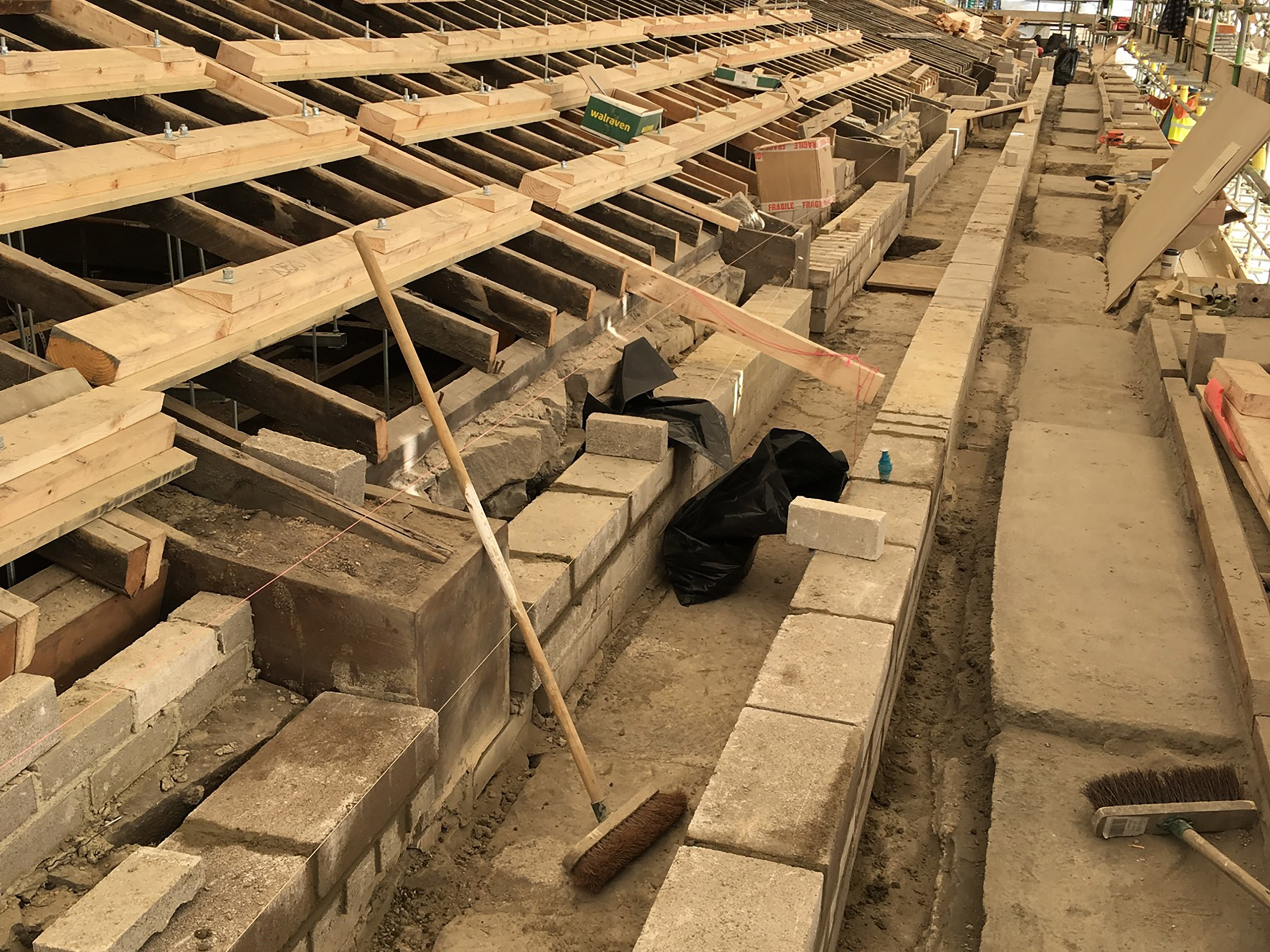
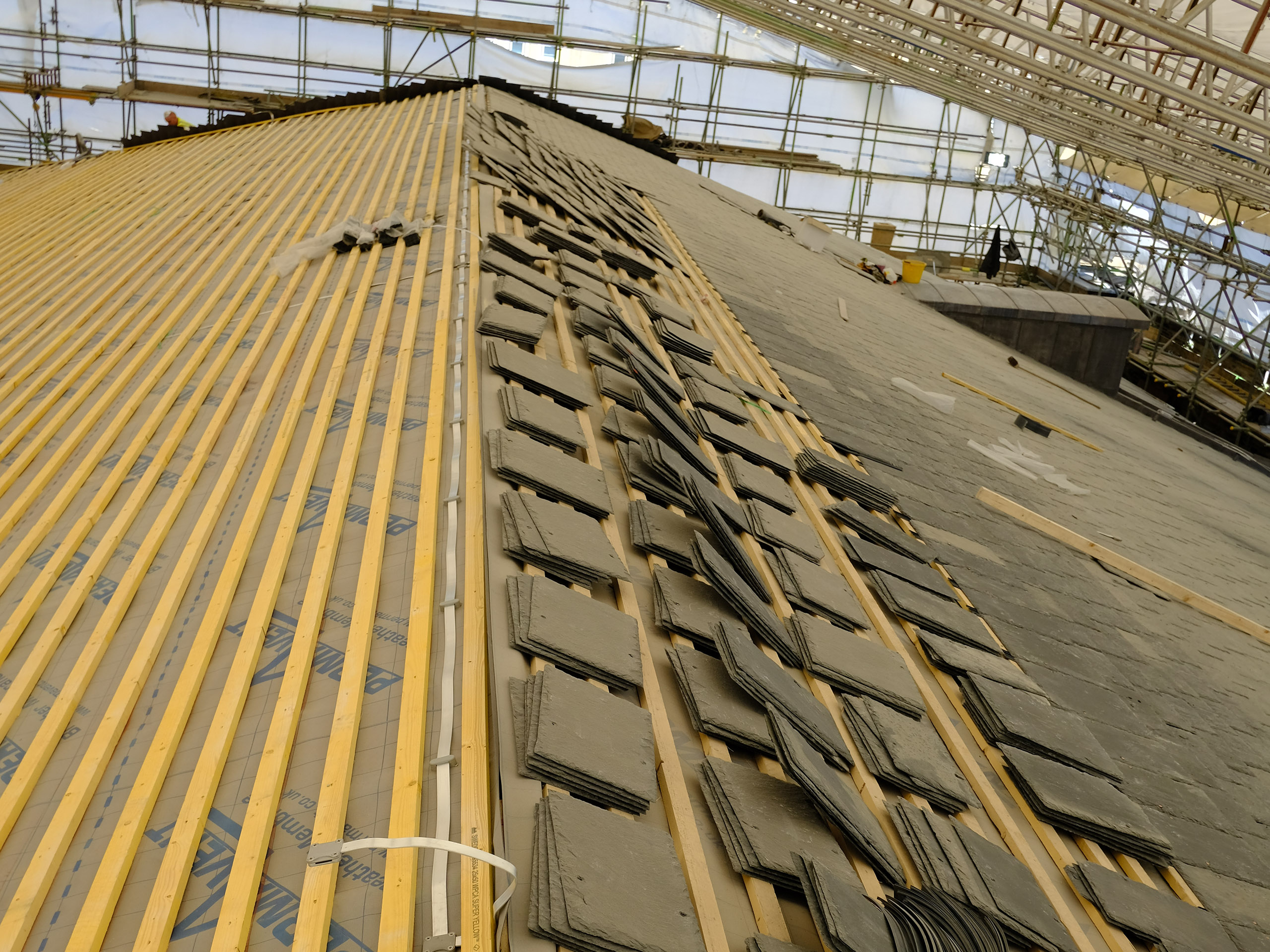
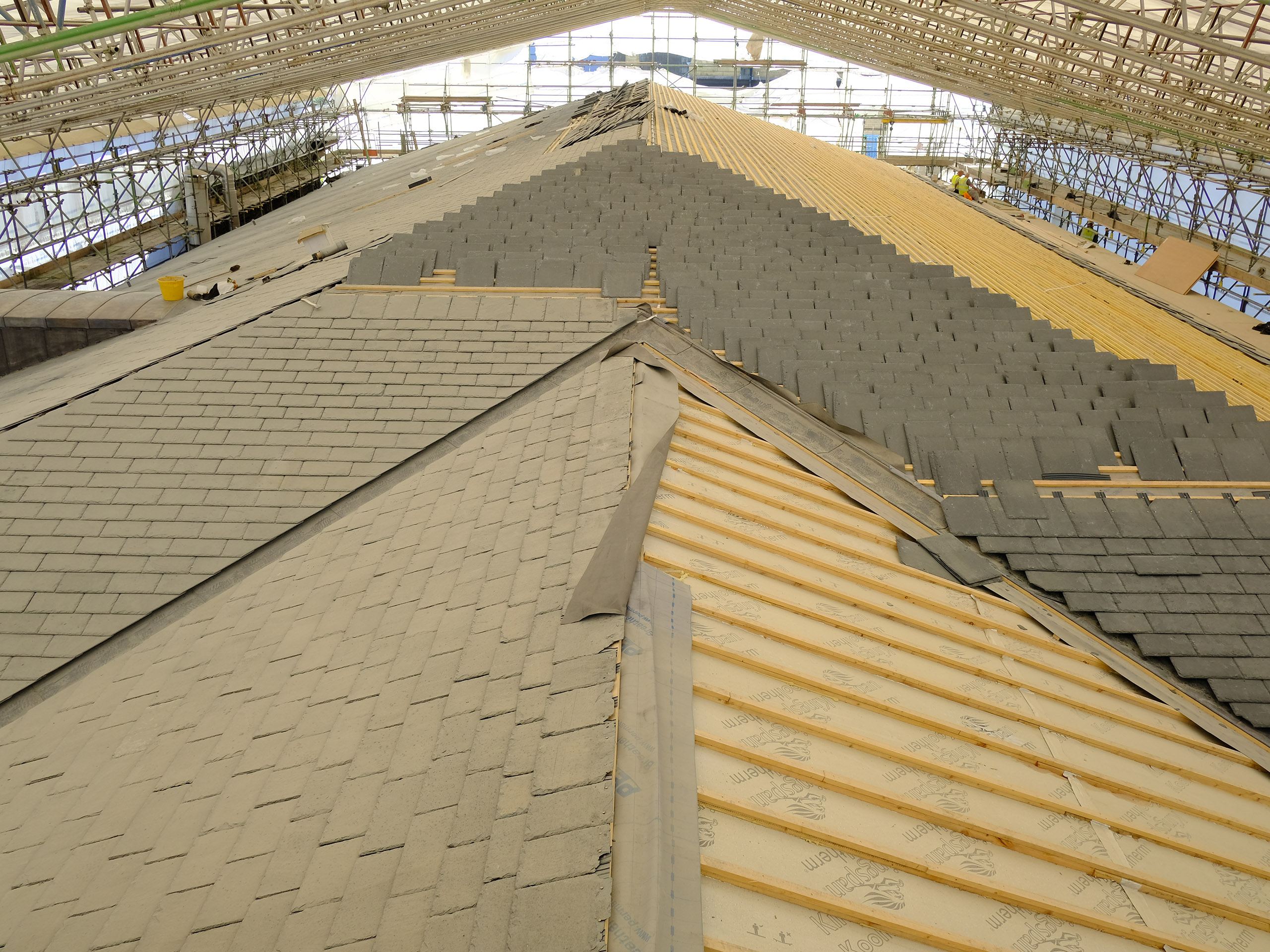
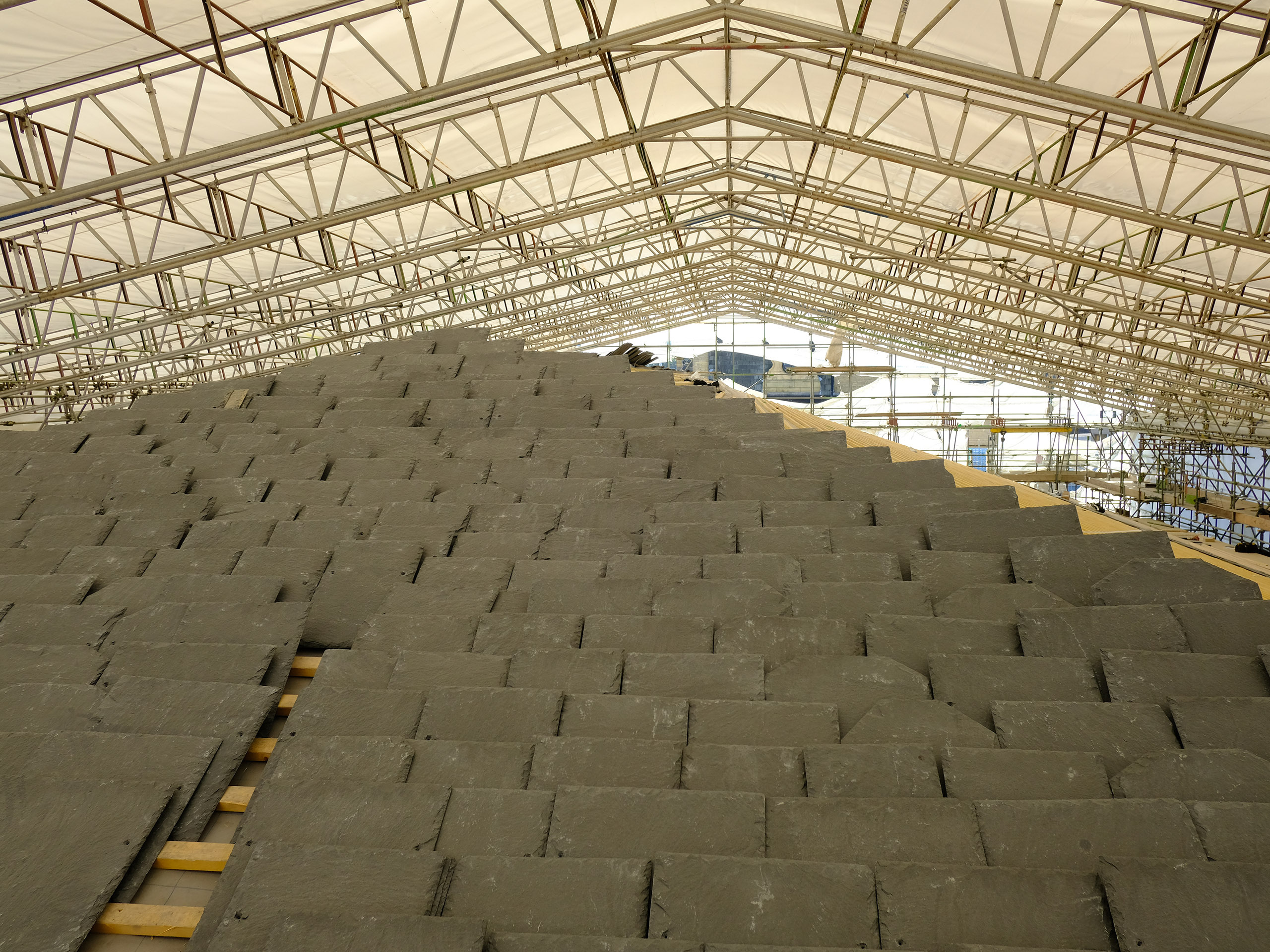
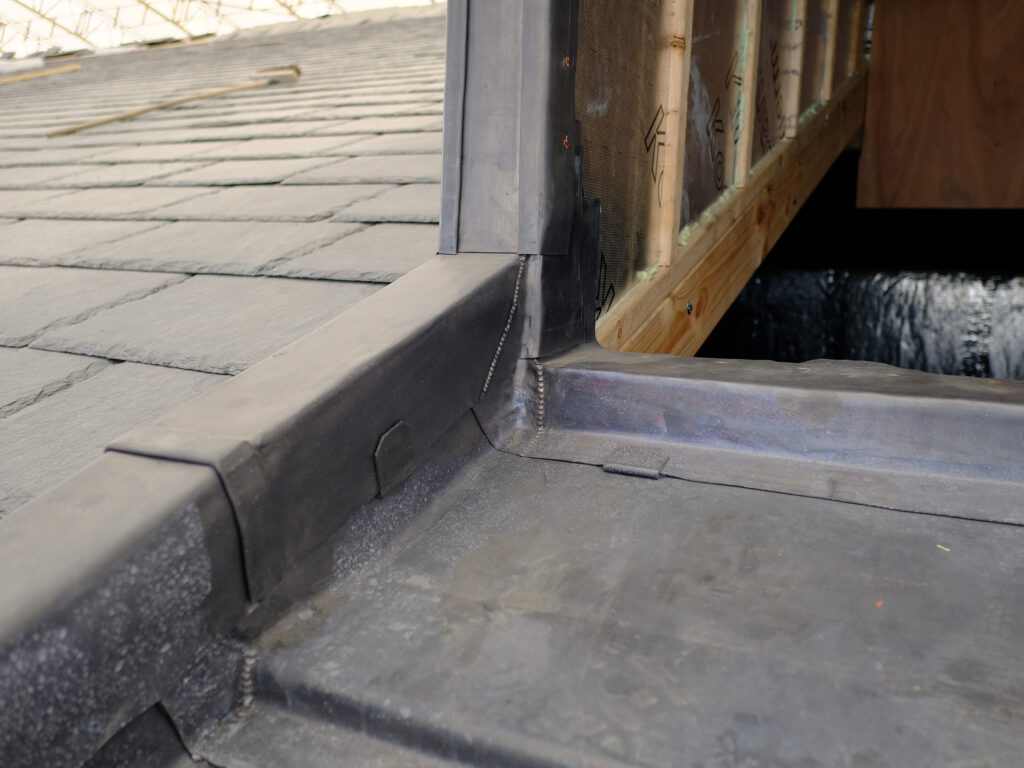
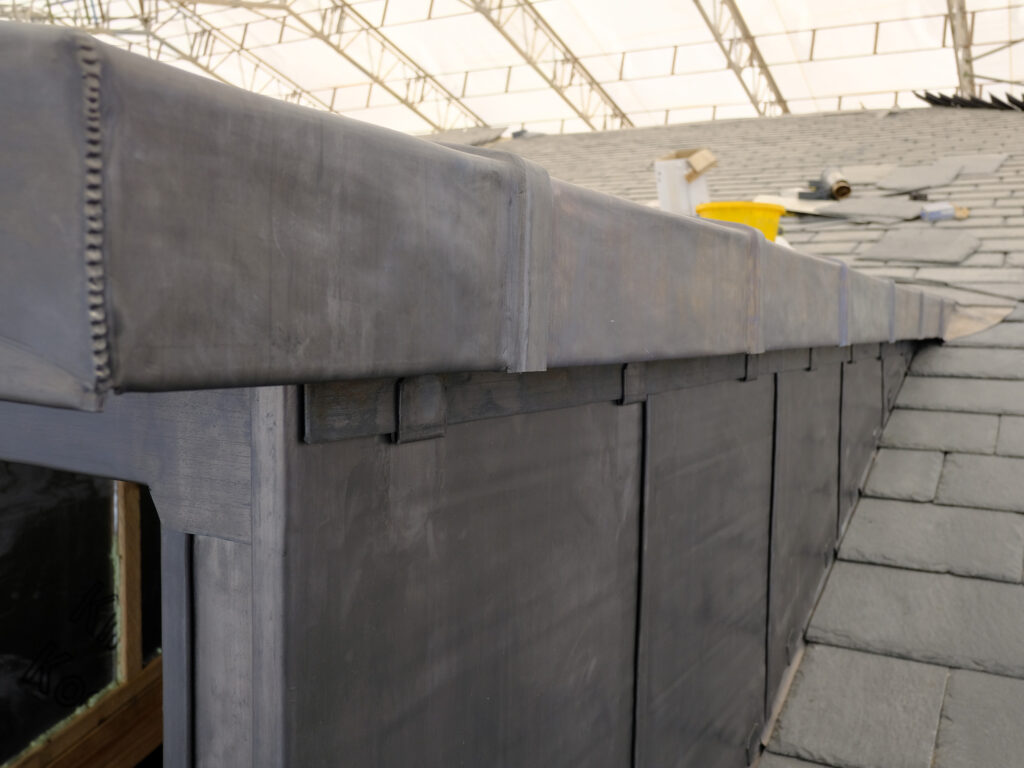
PEELING BACK THE LAYERS
In the later stages of our project at St George’s, we were asked to assist with an interesting aspect of the works. Back in 1903, to celebrate the Hall’s 50th anniversary, a tessellated mosaic floor had been created in the entrance vestibule, by Venetian artists. Sadly, it was now all but obscured by thick layers of adhesive material that had been applied under carpets, with just a small section still visible under the seating in the bar. We undertook the uncovering and restoration of the mosaic. Work needed to be carried out quickly, to fit with the sequencing of the decorating works underway in that part of the building, so was carried out over a weekend. We removed the resin, millimetre by millimetre, gently grading it down until the surface of the tiles were fully exposed. The mosaic was then carefully polished, to restore its original lustre. It was a pleasure to restore this beautiful, forgotten, original feature of the building.
